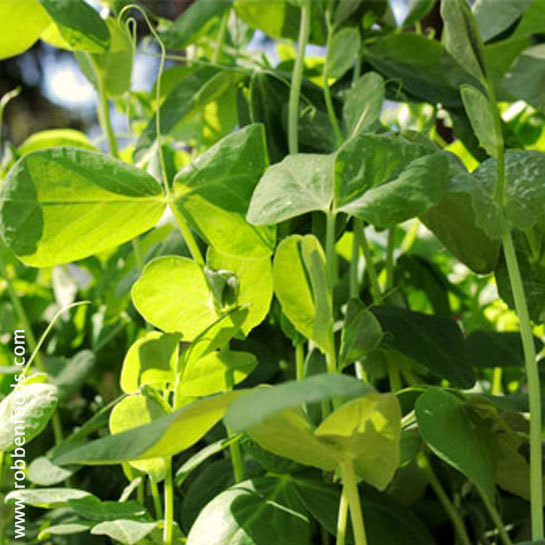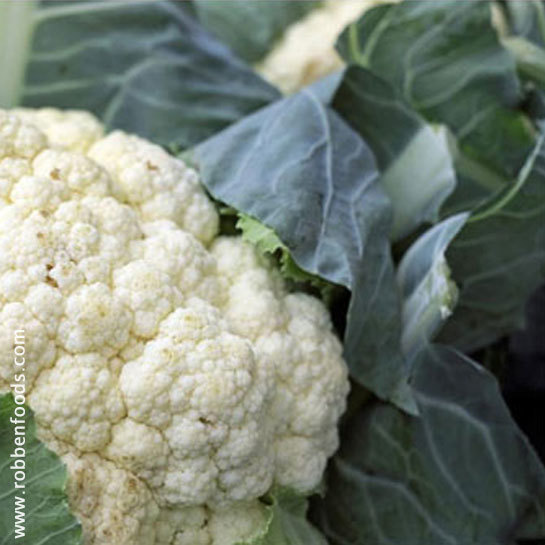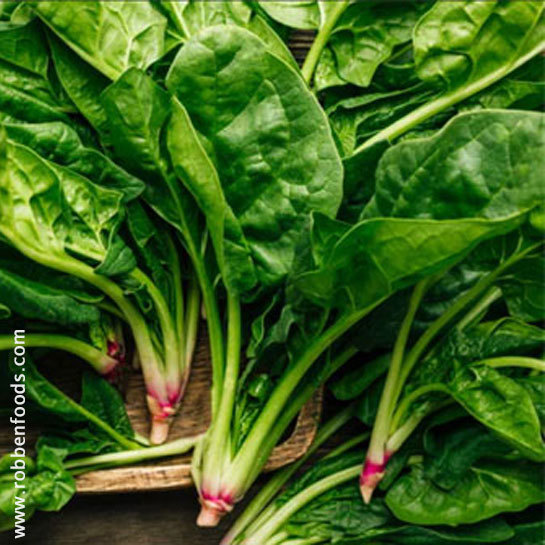Taiwan Cabbage has important antibacterial characteristics that can aid in the treatment of a variety of skin ailments.
Cabbage, a versatile and nutritious vegetable, finds its place in gardens and kitchens around the world. Its rich flavor, vibrant colors, and numerous health benefits make it a favorite among home gardeners and culinary enthusiasts alike. In this article, we will delve into the fascinating world of cabbage cultivation, exploring how to plant, grow, and harvest this leafy delight, as well as the many benefits of incorporating cabbage into your diet.
Planting Cabbage: A Green Beginning
To embark on your cabbage-growing journey, you'll first need to know how to properly plant cabbage seeds or seedlings. Cabbage can be grown in various climates, but it's essential to choose the right time and method for your region.
Selecting the Right Time: The timing of planting cabbage is crucial for a successful harvest. In most regions, you can start planting in early spring for a summer harvest or late summer for a fall harvest. Ensure the soil temperature is around 45-75°F (7-24°C) for optimal germination.
Preparing the Soil: Cabbage thrives in well-drained, fertile soil with a slightly acidic to neutral pH level (around 6.0-7.0). Work the soil to a depth of about 12 inches (30 cm), incorporating organic matter like compost to improve nutrient content and water retention.
Sowing Seeds: Plant cabbage seeds about ¼ inch deep in rows with a spacing of 12-18 inches (30-45 cm) between plants. Keep the rows at least 2 feet (60 cm) apart. Once seeds are sown, water the soil gently to ensure proper moisture.
Transplanting Seedlings: If you're using seedlings, plant them when they are 4-6 weeks old and have at least two true leaves. Space them according to the recommended guidelines, and water thoroughly after transplanting.
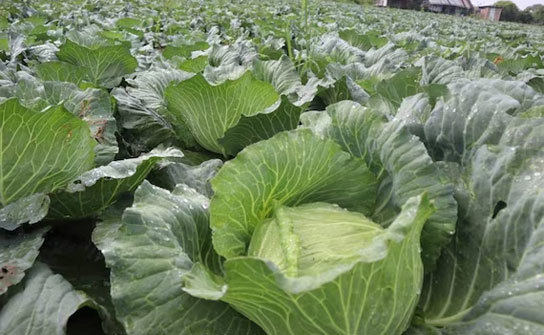
Growing Cabbage: Nurturing the Leafy Beauties
Cabbage plants require consistent care and attention throughout their growth cycle to produce healthy heads. Here are some tips on how to nurture your cabbage plants:
Watering: Cabbage needs consistent moisture, so water regularly to keep the soil evenly moist. Avoid overhead watering to prevent leaf diseases. A drip or soaker hose system is ideal.
Fertilizing: Fertilize cabbage plants with a balanced, slow-release fertilizer when transplanting, and side-dress with nitrogen-rich fertilizer when the heads start forming.
Thinning: If you've sown seeds directly, thin out the seedlings once they reach a height of about 3 inches (7.5 cm). Leave the healthiest plants at the recommended spacing.
Weed Control: Keep the area around your cabbage plants free of weeds. Weeds compete for nutrients and water, potentially stunting cabbage growth.
Pest and Disease Management: Monitor your cabbage for common pests like cabbage worms and aphids. Consider using natural or chemical solutions if an infestation occurs. Crop rotation can also help prevent disease buildup.
Sunlight: Cabbage thrives in full sun, so ensure they receive at least 6 hours of direct sunlight daily.
Harvesting Cabbage: The Fruits of Your Labor
Cabbage heads are ready for harvesting when they reach the desired size and density. Here's how to harvest cabbage:
Check the Heads: Examine the cabbage heads for firmness and size. Most varieties are ready for harvest when they reach 5-8 inches (13-20 cm) in diameter.
Use a Sharp Knife: Cut the cabbage heads at the base, using a sharp knife to ensure a clean and neat cut. Leave a few outer leaves attached to protect the inner head during storage.
Storage: Cabbage can be stored in the refrigerator for several weeks. If you have a surplus, consider fermenting or pickling cabbage to extend its shelf life.
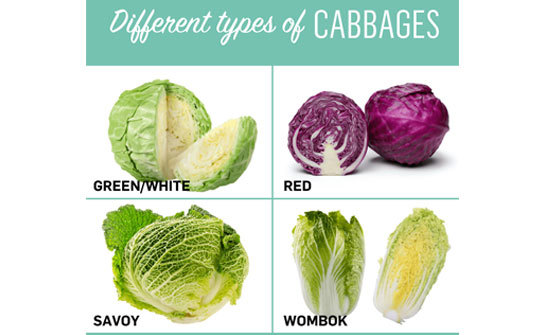
The Benefits of Eating Cabbage: A Nutritional Powerhouse
Beyond its role in the garden, cabbage is a nutritional powerhouse with numerous health benefits. Here are some reasons why you should consider incorporating cabbage into your diet:
Rich in Vitamins: Cabbage is a rich source of vitamin C, which boosts the immune system, and vitamin K, which supports bone health and blood clotting.
High in Fiber: Cabbage contains significant fiber content, aiding in digestion, promoting a feeling of fullness, and helping to regulate bowel movements.
Heart Health: The fiber, antioxidants, and phytonutrients in cabbage may contribute to heart health by reducing the risk of cardiovascular diseases.
Cancer Prevention: Cabbage contains compounds like glucosinolates, which may have cancer-fighting properties. Regular consumption may help reduce the risk of certain cancers.
Weight Management: Cabbage's low calorie and high fiber content make it a great addition to weight management diets, helping you feel satisfied with fewer calories.
Cabbage, with its diverse varieties and impressive nutritional profile, is a valuable addition to any garden and kitchen. By following proper planting, growing, and harvesting techniques, you can enjoy a bountiful harvest of this versatile vegetable. Moreover, the numerous health benefits associated with cabbage make it a smart choice for those seeking a nutritious and delicious addition to their meals. So, whether you're a seasoned gardener or a novice, consider adding cabbage to your garden and your plate for a truly satisfying and healthy culinary experience.
